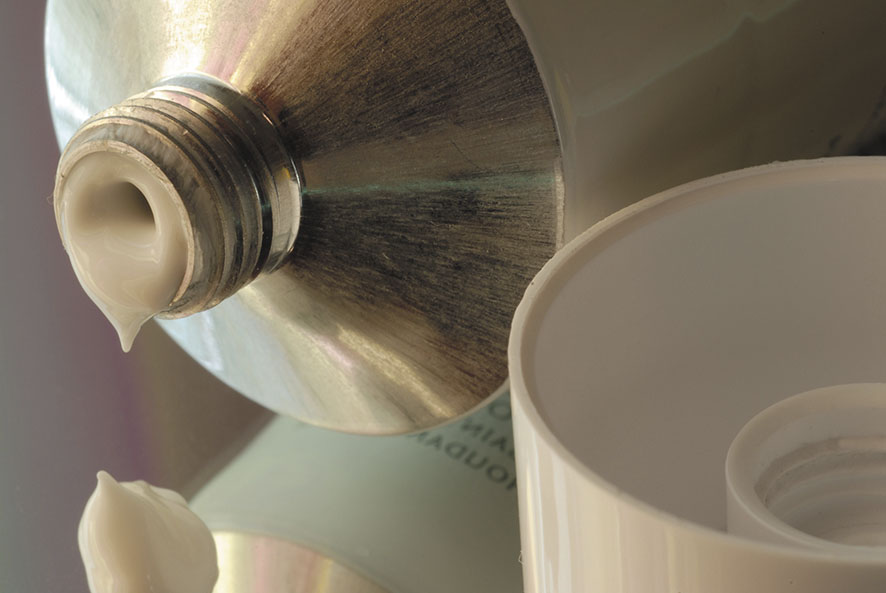Corticosteroid ointments (topical) can be used but they may induce permanent skin atrophy. In case of persistence of active skin lesions, it is possible to enhance the local effectiveness of cortisone ointments through an occlusive dressing. General corticosteroid therapy has no indication in the treatment of purely dermatological lesions.
Tacrolimus in topical application may provide benefit for the skin. It has the advantage of not causing skin atrophy unlike local cortisone.
The treatment of cutaneous lupus is also based on sun protection, and hydroxychloroquine at the dose of 2 tablets per day (400 mg / day), which promotes an improvement of lesions in more than 6 out of 10 cases. Effectiveness is evaluated after 3 months.
Thalidomide can also be used, usually allowing for rapid remission. This treatment is likely to induce serious malformations in the foetus if the woman is pregnant during treatment, so it requires a prior pregnancy test and the prescription of mandatory effective contraception. Electromyogram monitoring is necessary due to the risk of neuropathy. Treatment should be taken in the evening because it causes drowsiness. It increases the risk of blood clots.
Low-dose methotrexate (10 to 20 mg/week) is also sometimes effective for skin damage.
Belimumab, the first biotherapy for systemic lupus, is a possible alternative for adults if skin involvement remains active, especially if anti-DNA antibodies are found in the blood at a high level.
In clinical trials, anifrolumab also reduced disease activity across impacted organs including skin and joints.
